Emperor Goose
- February 20, 2024
- 0 comment
The Emperor Goose, scientifically known as Anser canagicus, is a remarkable species of waterfowl predominantly found in the coastal regions of Alaska and parts of Russia. Characterized by its striking appearance, the Emperor Goose boasts a distinct black head, white throat patch, and a mottled gray body, making it easily recognizable among other geese species. These majestic birds exhibit cautious and reserved behavior, often inhabiting remote and inaccessible areas, and are frequently seen in large flocks during migration and breeding seasons.
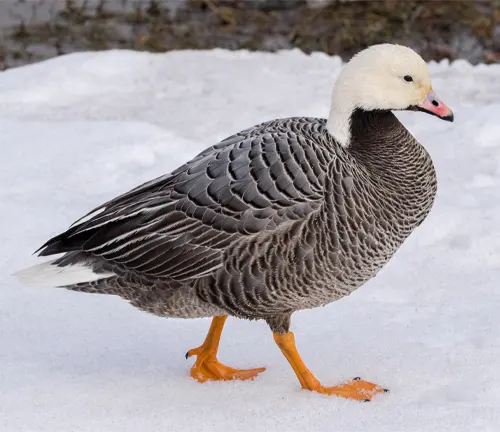
Their preferred habitats include coastal areas, where they nest on offshore islands and breed in low-lying coastal regions. Emperor Geese are primarily herbivores, feeding on various plant matter such as grasses, sedges, and seaweeds, with occasional supplementation of insects and small invertebrates during the breeding season. They form monogamous pairs during breeding and are diligent parents, incubating their eggs until they hatch. Despite facing threats from habitat loss, hunting pressure, and climate change, conservation efforts are underway to protect Emperor Goose populations and their habitats, ensuring their survival for future generations to admire and cherish.
| Specification | Details |
|---|---|
| Scientific Name | Anser canagicus |
| Common Name | Emperor Goose |
| Habitat | Coastal regions, offshore islands |
| Range | Alaska, parts of Russia |
| Appearance | Black head, white throat patch, gray body |
| Behavior | Cautious, reserved, social in flocks |
| Diet | Herbivorous, feeds on grasses, seaweeds |
| Reproduction | Monogamous pairs, clutch of 3-5 eggs |
| Lifespan | Up to 10-15 years in the wild |
| Conservation Status | Least Concern (IUCN), monitored populations |
| Threats | Habitat loss, hunting pressure, climate change |
| Conservation Efforts | Habitat protection, hunting regulations |
| Cultural Significance | Important in native Alaskan cultures |
| Outlook | Conservation efforts underway for future survival |
Appearance and Characteristics
Physical Features
The Emperor Goose exhibits distinct physical characteristics that set it apart from other waterfowl species. Its most notable feature is its striking black head, which contrasts sharply with its white throat patch. The body of the Emperor Goose is covered in mottled gray feathers, providing effective camouflage in its coastal habitats. Additionally, its legs and bill are both black, with the bill being relatively short and stout, adapted for grazing on vegetation. These physical traits contribute to the Emperor Goose’s unique appearance and enable it to thrive in its natural habitat.

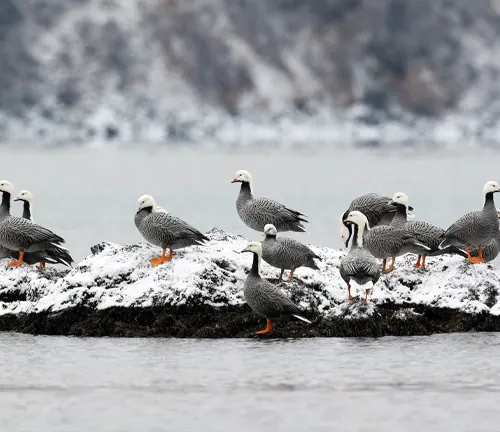
Behavioral Traits
Emperor Geese are known for their cautious and reserved behavior. They tend to inhabit remote and inaccessible areas, away from human disturbance. Despite their reserved nature, Emperor Geese are highly social birds, often gathering in large flocks during migration and breeding seasons. Within these flocks, they exhibit complex social interactions, communicating through various vocalizations and body postures. During the breeding season, Emperor Geese form monogamous pairs and display strong bonds with their mates. They are diligent parents, taking turns incubating their eggs and caring for their young. Overall, the behavioral traits of the Emperor Goose reflect its adaptability and resilience in the face of environmental challenges.
Habitat and Range
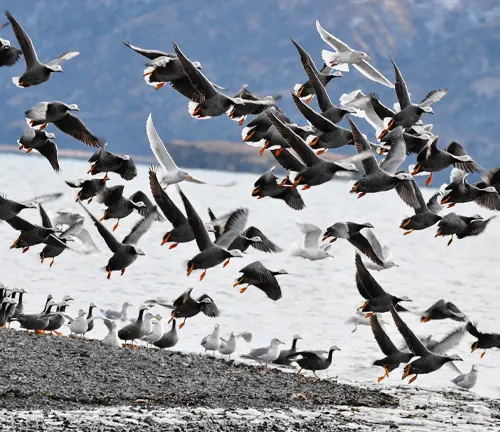
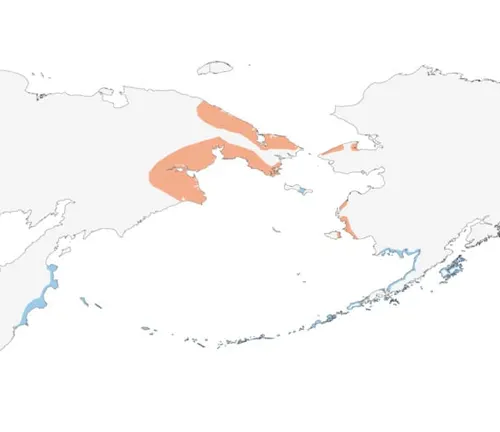
Emperor Geese are primarily found in coastal regions, particularly along the shores of Alaska and parts of Russia. They prefer habitats that offer a mix of open water, marshes, and grassy areas, making coastal areas and offshore islands ideal nesting and breeding grounds. These geese are particularly fond of nesting on remote islands, where they can find protection from predators and human disturbance.
During the breeding season, Emperor Geese inhabit low-lying coastal areas, where they construct nests lined with grass and down feathers. They are well-adapted to the harsh conditions of their coastal habitat, with waterproof feathers that help them withstand the elements.
In addition to their breeding grounds, Emperor Geese also utilize a variety of coastal habitats during migration and wintering periods. They may travel long distances along coastlines, stopping at estuaries, mudflats, and other coastal wetlands to feed and rest.
Diet and Feeding Habits
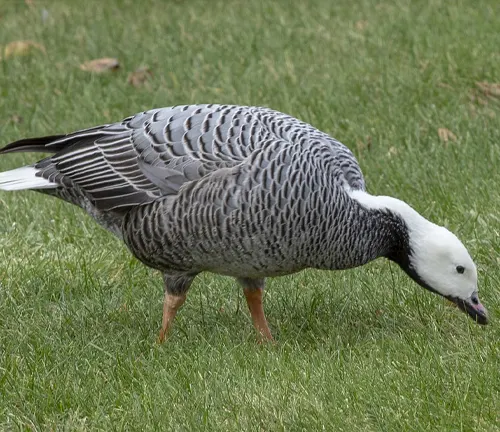
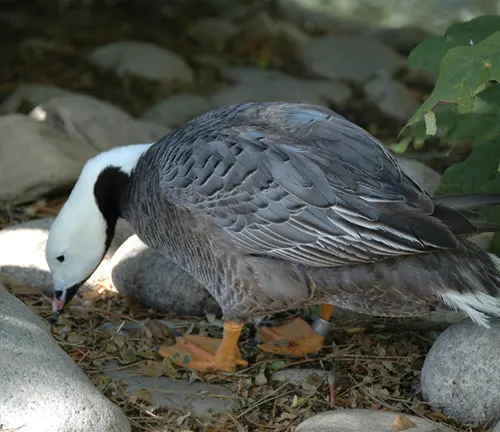
Emperor Geese are primarily herbivores, with their diet consisting mainly of plant matter. They feed on a variety of vegetation, including grasses, sedges, and seaweeds, which they find in their coastal habitats. These geese are well-adapted to grazing on vegetation, using their stout bills to pluck and consume the tender shoots and leaves of plants.
During the breeding season, Emperor Geese may also supplement their diet with insects and small invertebrates, providing additional protein and nutrients to support their reproductive efforts. They forage for these prey items in the mudflats and shallow waters of their coastal habitats, using their keen eyesight and probing bills to locate and capture their prey.
Emperor Geese are opportunistic feeders, taking advantage of seasonal fluctuations in food availability to ensure their nutritional needs are met. They may adjust their feeding habits in response to changes in habitat conditions, such as fluctuations in water levels or the availability of preferred food sources.
Reproduction and Life Cycle
Emperor Geese typically form monogamous pairs during the breeding season. Females lay a clutch of 3-5 eggs in a shallow nest lined with grass and down feathers. Both parents take turns incubating the eggs for about 25-27 days until they hatch.

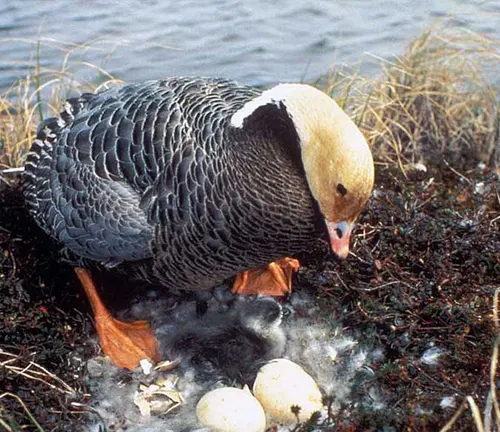
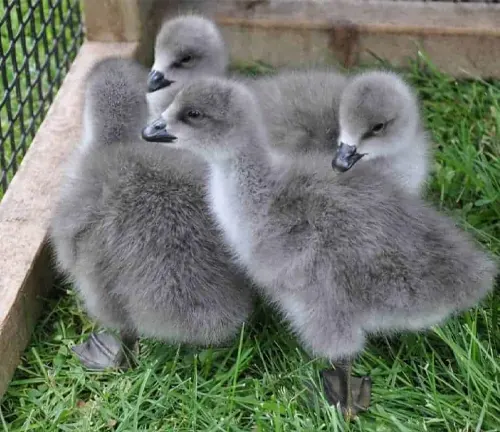
- Pair Formation: During the breeding season, Emperor Geese form monogamous pairs. These pairs typically bond for the duration of the breeding season, and often for life.
- Nesting: Female Emperor Geese construct nests in low-lying coastal areas, often on offshore islands. The nests are lined with grass and down feathers for insulation.
- Egg-laying: After the nest is prepared, the female lays a clutch of 3-5 eggs. She then incubates the eggs for about 25-27 days, while the male stands guard and occasionally relieves her of nesting duties.
- Hatching: After the incubation period, the eggs hatch, and the downy chicks emerge. The parents are highly attentive to their young, providing them with warmth and protection from predators.
- Growth and Development: Emperor Goose chicks grow rapidly, relying on their parents for food and protection during the early stages of life. They fledge, or develop the ability to fly, at around 6-8 weeks old.
- Migration: Once the young are capable of flight, Emperor Geese embark on their first migration with their parents. They join flocks of other geese and travel to wintering grounds, where they will spend the colder months.
- Maturity: Emperor Geese reach sexual maturity at around 2-3 years of age, at which point they are ready to participate in the breeding cycle themselves.
Conservation Status


The conservation status of Emperor Geese is currently classified as “Least Concern” by the International Union for Conservation of Nature (IUCN). However, despite this relatively favorable status, Emperor Geese face various threats and challenges to their populations and habitats.
One of the primary threats to Emperor Geese is habitat loss and degradation. Coastal development, pollution, and habitat alteration due to human activities can disrupt nesting sites and feeding grounds, reducing the availability of suitable habitat for breeding and foraging.
Additionally, Emperor Geese are susceptible to hunting pressure, both legal and illegal. While regulations govern hunting activities to ensure sustainable harvest levels, illegal hunting and poaching continue to pose a threat to goose populations, particularly in areas where enforcement of regulations is limited.
Threats and Challenges
Despite conservation measures, Emperor Geese still face threats from predation, habitat degradation, and climate change. Their reliance on coastal habitats makes them vulnerable to sea level rise and disturbance from human activities.
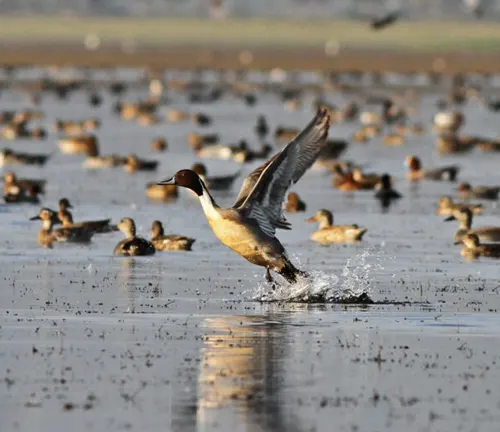
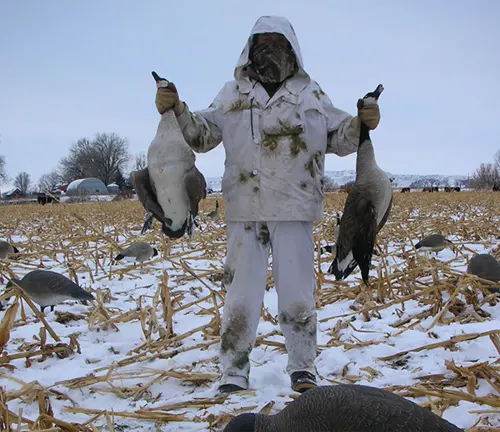
- Habitat Loss and Degradation: Coastal development, industrial activities, and infrastructure projects can lead to the loss and degradation of critical Emperor Goose habitats. Wetland drainage, shoreline alteration, and habitat fragmentation disrupt nesting sites and feeding grounds, reducing the availability of suitable habitat.
- Hunting Pressure: While regulated hunting is allowed in some areas, illegal hunting and poaching pose significant threats to Emperor Goose populations. Unregulated harvesting, particularly during migration and breeding seasons, can lead to unsustainable population declines and disrupt natural reproductive cycles.
- Climate Change: The effects of climate change, including rising temperatures, sea level rise, and altered precipitation patterns, pose significant challenges to Emperor Geese. Changes in habitat availability, vegetation dynamics, and food resources can impact migration routes, breeding success, and overall population health.
- Pollution: Pollution from industrial activities, agricultural runoff, and urban development can contaminate waterways and coastal habitats frequented by Emperor Geese. Pollution can affect water quality, food availability, and reproductive success, leading to population declines and health issues.
- Predation: Natural predators, such as foxes, gulls, and ravens, pose threats to Emperor Goose nests, eggs, and young chicks. Increased predation pressure, combined with habitat disturbance and fragmentation, can exacerbate population declines and hinder reproductive success.
- Human Disturbance: Recreational activities, tourism, and increased human presence in coastal areas can disturb Emperor Goose populations, leading to stress, displacement, and disruption of natural behaviors. Nest abandonment and reduced reproductive success may result from repeated disturbances by humans.
Cultural Significance
Emperor Geese hold significant cultural and spiritual importance in native Alaskan cultures, particularly among indigenous communities that have coexisted with these birds for generations. These geese are revered for their beauty, resilience, and role in the ecosystem, and they play a prominent role in traditional folklore, ceremonies, and customs.
In native Alaskan mythology and storytelling, Emperor Geese are often depicted as symbols of strength, wisdom, and connection to the natural world. Stories of Emperor Geese navigating treacherous waters and overcoming adversity are passed down through generations, imparting valuable lessons about perseverance and respect for nature.
Emperor Geese are also celebrated in native Alaskan art, with their distinctive black-and-white plumage serving as inspiration for intricate designs in traditional carvings, paintings, and textiles. These artistic representations not only showcase the beauty of Emperor Geese but also serve as reminders of their cultural significance and importance in indigenous communities.
Different Species
The Emperor Goose (Anser canagicus) is a distinct species of goose with no recognized subspecies. It is the only member of its genus, Anser, and is not known to have any closely related species. Therefore, there are no different species of Emperor Goose.
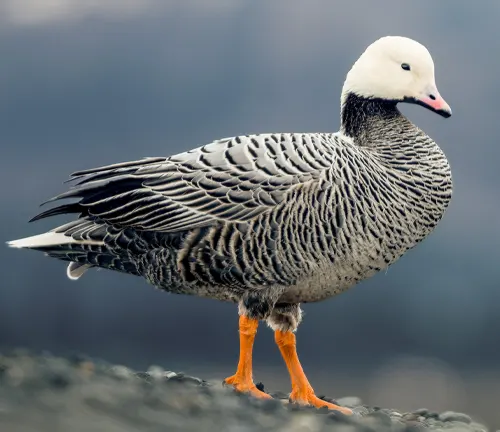
Frequently Asked Questions (FAQs)
- Are Emperor Geese endangered?
Emperor Geese are currently classified as a species of “Least Concern” by the International Union for Conservation of Nature (IUCN). However, their populations are carefully monitored due to past declines and ongoing conservation concerns. - Where are Emperor Geese found?
Emperor Geese primarily inhabit coastal regions, particularly along the shores of Alaska and parts of Russia. They prefer nesting on offshore islands and breeding in low-lying coastal areas. - What do Emperor Geese eat?
Emperor Geese are primarily herbivores, feeding on a variety of plant matter including grasses, sedges, and seaweeds. During the breeding season, they may also consume insects and small invertebrates to supplement their diet. - Do Emperor Geese migrate?
Yes, Emperor Geese are migratory birds. They travel long distances between their breeding and wintering grounds, often congregating in large flocks during migration. - How long do Emperor Geese live?
In the wild, Emperor Geese can live up to 10-15 years, while those in captivity may live longer with proper care. - What threats do Emperor Geese face?
Emperor Geese face threats from habitat loss, hunting pressure, climate change, pollution, predation, and human disturbance. - What conservation efforts are in place for Emperor Geese?
Various organizations and government agencies are working to monitor and protect Emperor Goose populations. Conservation efforts include habitat restoration, regulation of hunting, research, and public education. - Do Emperor Geese have any cultural significance?
Yes, Emperor Geese hold cultural significance in native Alaskan communities, where they are celebrated in folklore, art, and traditional ceremonies. - How can I help Emperor Geese?
You can support Emperor Goose conservation efforts by learning more about their habitat needs and threats, advocating for their protection, supporting organizations involved in their conservation, and practicing responsible wildlife viewing and recreation. - Are Emperor Geese aggressive?
Emperor Geese are generally not considered aggressive towards humans unless provoked or threatened. They are more likely to exhibit defensive behavior, such as vocalizations and posturing, to protect themselves or their young.



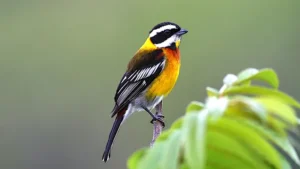

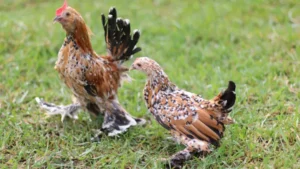
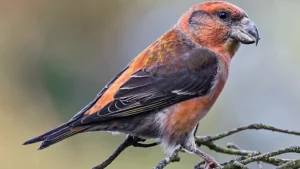

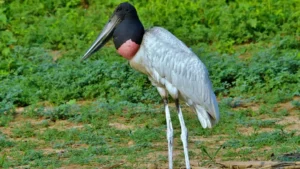
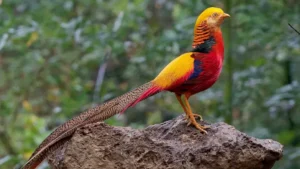
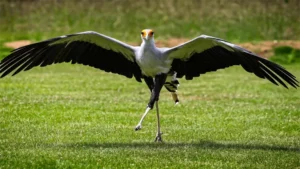
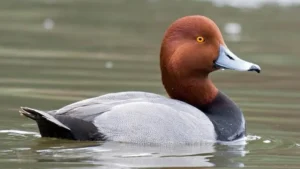
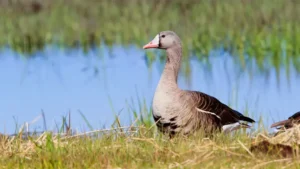
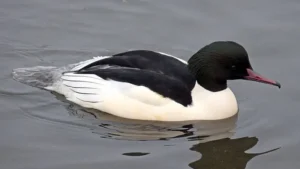
Leave your comment